5 Fundamentals for Catching Real Waves
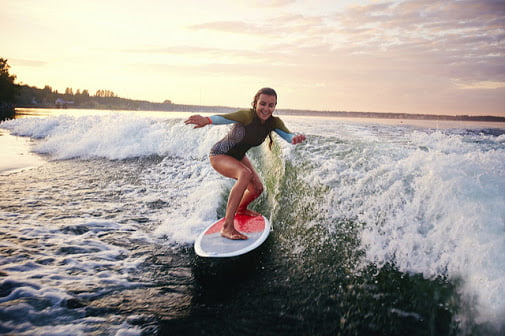
There are at Least 5 Fundamentals for Catching Real Waves. Real waves are the progression after beginners have mastered catching foam waves. Beginners progress to catching bigger foam waves and start mixing in real waves.
Oceanside is a sand bar beach where foam waves roll from the outside break to the beach. Beginners learn the timing of spotting the wave they want, rolling over or paddling for the wave and then catching it. The same patter continues to real waves.
Knowing How to Spot the Right Wave
The first knack for real waves is spotting the right wave. Surfers are on short boards, long boards, and have different level of experiences. Everyone has different kinds of waves they like and abilities to catch waves. Surfers sit in a line up where the wave they want forms.
When the wave starts to form, the surfer on a short or long board decides he wants it and starts to paddle. This informs other surfers that he wants the wave and hopes they will give him the right of way. They will often judge whether he is in position to catch it. If they think he will not catch it, they might also compete for the wave.
Getting in Position to Catch the Wave
Surfers may have to paddle out further to catch the wave, parallel, or in to catch the wave. On sand bar beaches, the waves are peaky and break in different spots. They only open for a few seconds and the surfer must be in the right spot. On reefs, waves break in the same place because the reef is not moving around like the bottom on a sand bar beach. Surfers know where to sit and will start paddling in when the wave forms.
The surfer must time the wave to roll under his surf board. The short board needs a high arc and timing is more precise than the long board. The long boarder often starts paddling as the wave starts to build and he gets way in front as it is forming. He doesn’t need much arc. The short boarder paddles a few times as the wave arcs where the long boarder may have paddled ten times.
Paddling Techniques to Catch Waves is Important
The short boarder wants fast half strokes to get down the face. It should only take about three. He often kicks as well. The long boarder is taking long swim strokes and getting power and speed to catch the waves momentum. He is often up before the wave peaks. In fact, he wants to be up and in the pocket as the wave is apexing with foam coming over the lip.
The slow forming long boarder wave can be caught down the face. Then the surfer bottom turns or carves into the pocket. The short boarder may want to either face the pocket before catching the wave or push the nose to the pocket after catching the wave and before popping up. The steep wave closes fast and the surfer must be in the pocket as the wave is closing fast behind him.
Getting the Pop Up
The long boarder has more time to pop up. Once his board is in the wave, the ride is very stable and predictable. The short boarder may have to pop up faster as he heads down the face and races to get into the pocket before the lip collapses. He doesn’t have the same comfort of time. He begins to accelerate immediately by running the nose of the board up and down the face to pick up speed for maneuvers or tricks.
More Posts
Oceanside Surf Lessons for Beginners
Beginner Surfers Learn the Pop Up
How to Progress to Surfing the Short Board
For Surf Lessons in Oceanside, see the Home Page
To in surfing shape see my website Get Fit to Surf
See me on Instagram
The Surfing Trilogy combines three books into one E-Book. Learn in one easy to read concise volume how to lose weight, get fit, and learn to surf.
It combines the books: The 3 Week Plan, Get Fit to Surf, and Learn to Surf Guide
Buy the E-Book on Amazon for $6.99
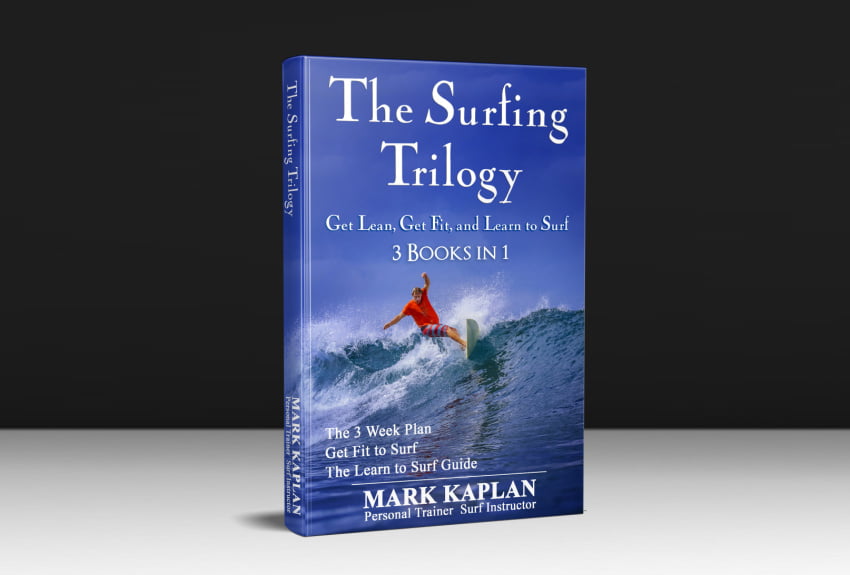
Want to get in great shape for surfing and an improved lifestyle? Start with the Free E-Book The 3 Week Plan. It is the perfect start for getting in great shape and losing weight.
Consider Coaching and the Surf Package the combines Surf Lessons and Fitness Coaching
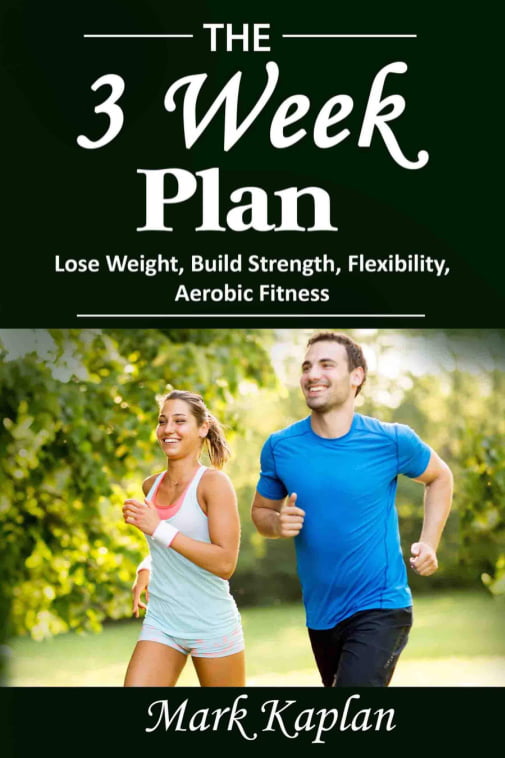
Learn More
Get my new book Get Fit to Surf
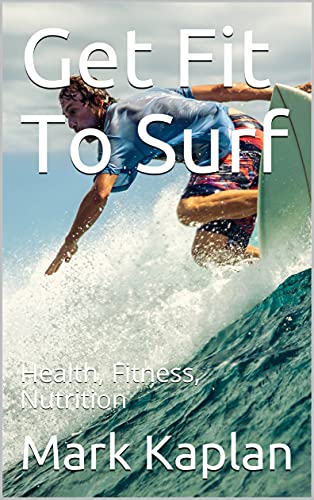
Its time to get back in shape. This book discusses strength, flexibility, stamina, and nutritional needs for getting in shape and losing weight. It is the great guide to get back to fitness for all your recreational desires. If you can surf, you can do most anything.
Buy on Kindle for $2.99 or Paperback on Amazon for $6.95
Get the Learn to Surf Guide Course in Kindle, Paperback or Audio
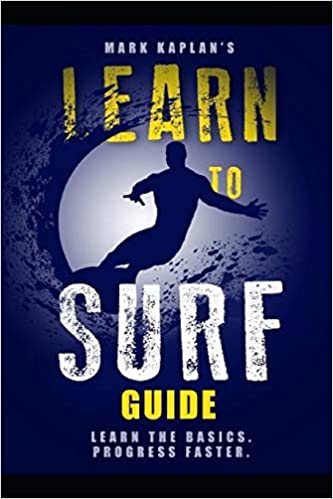
A great 29 page course on the fundamentals of catching waves, doing beginner and advanced pop ups, riding real waves, how to do maneuvers on real waves, which surfboards to ride, and how to progress. Great for lesson preparation, after lesson review, or learning on your own.
Kindle price $2.99 on Amazon. Paperback price $6.95 on Amazon. Audio download price $7.95
Seniors Get Fit to Surf
Description:
Seniors often ask if it is too late to learn to surf. Age is functional not chronological. If people have been exercising and maintaining body strength, surfing can be accomplished. If people have not been exercising, then getting in shape to surf could be a life changing move. Learn how to develop strength, flexibility, and stamina to learn surfing. If you are in surf shape, you could pursue most any recreation.
Buy the E-book on Amazon for $2.99
Buy the Paperback on Amazon for $6.95
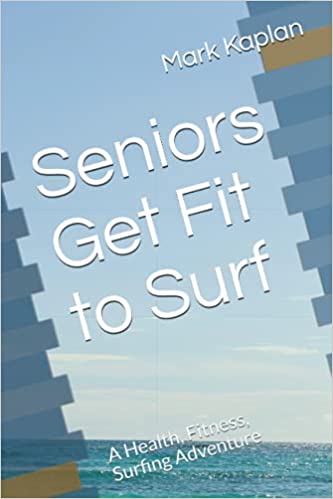
Receive Weekly Active Lifestyle Tips on Nutrition Merchandise, Losing Weight, Getting Fit, Recipes, Meal Plans, Exercise Videos